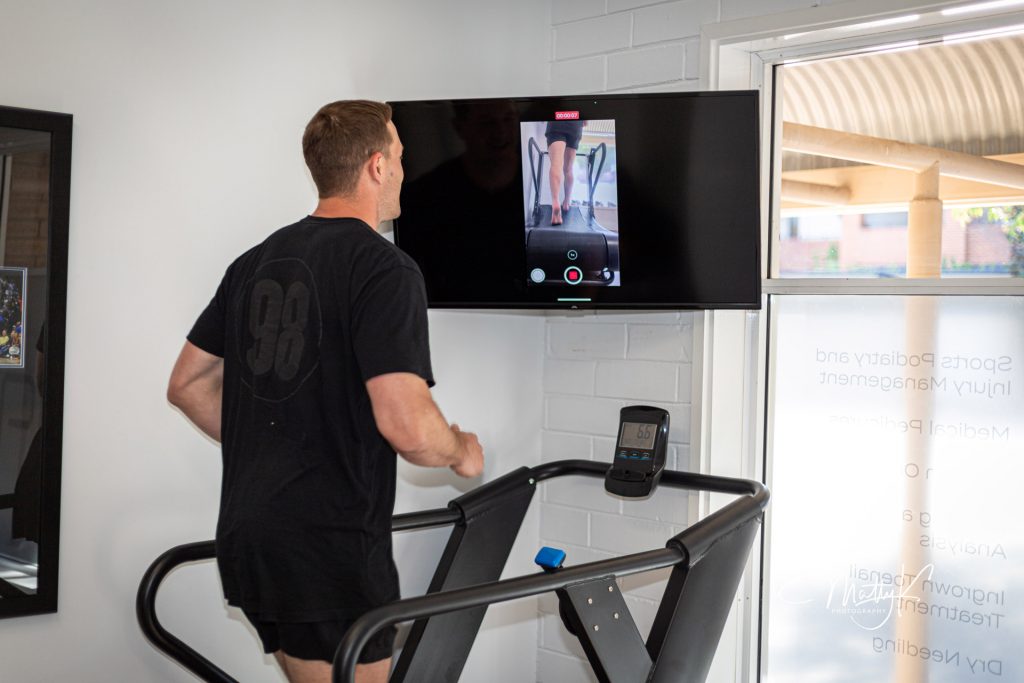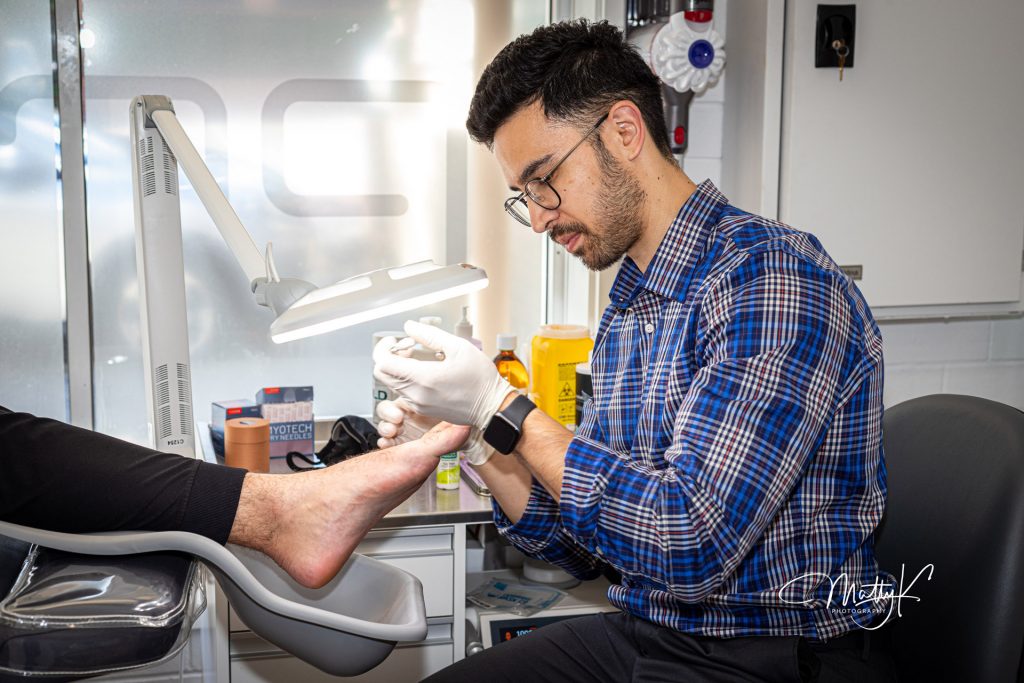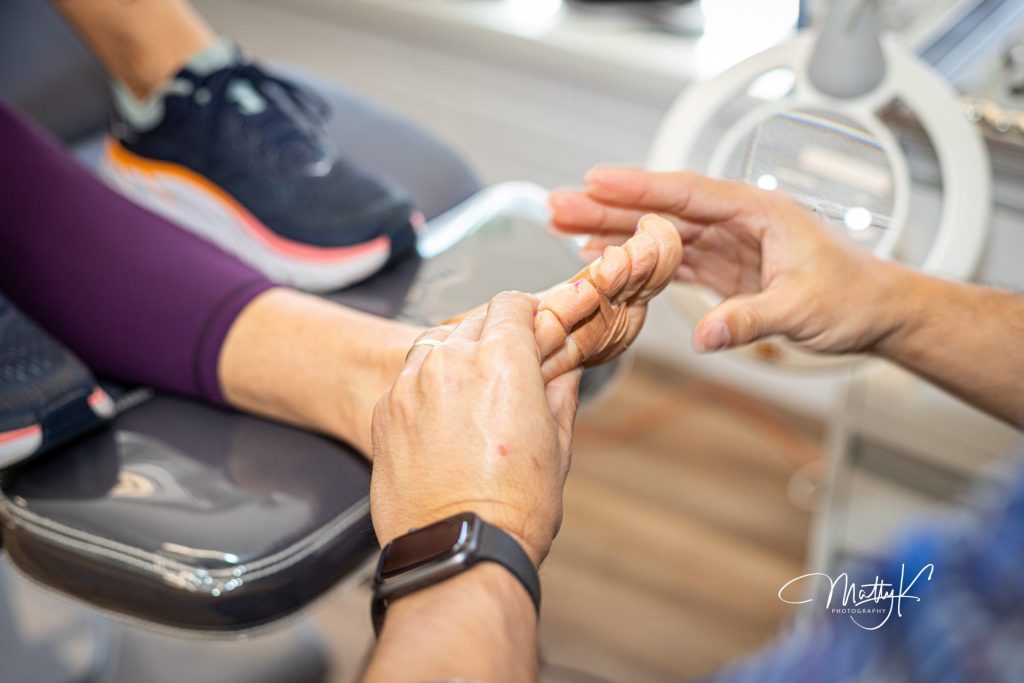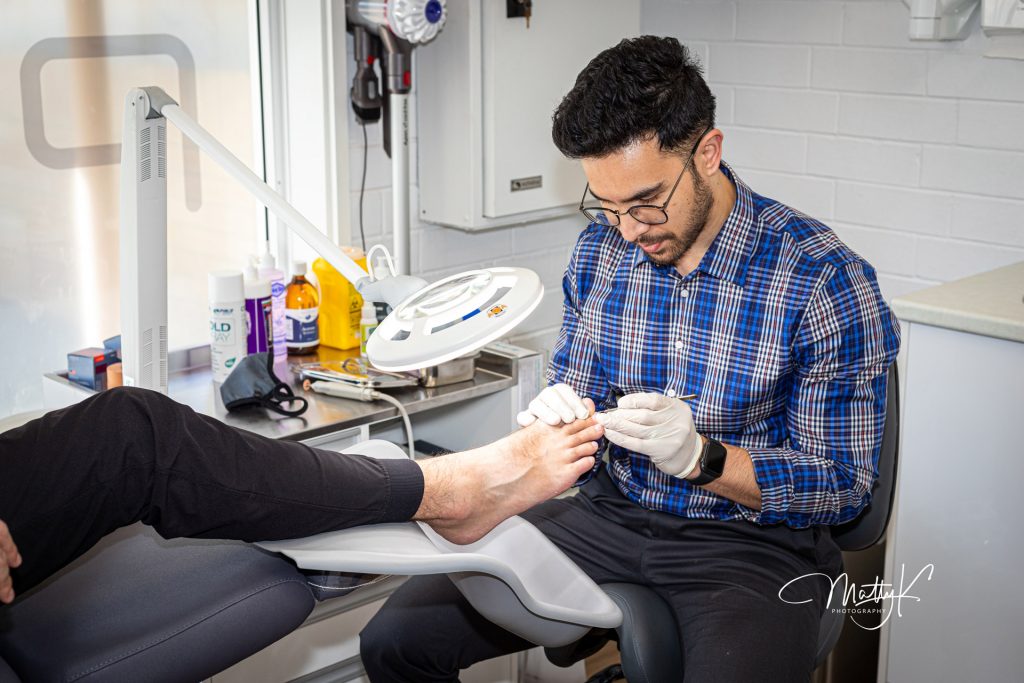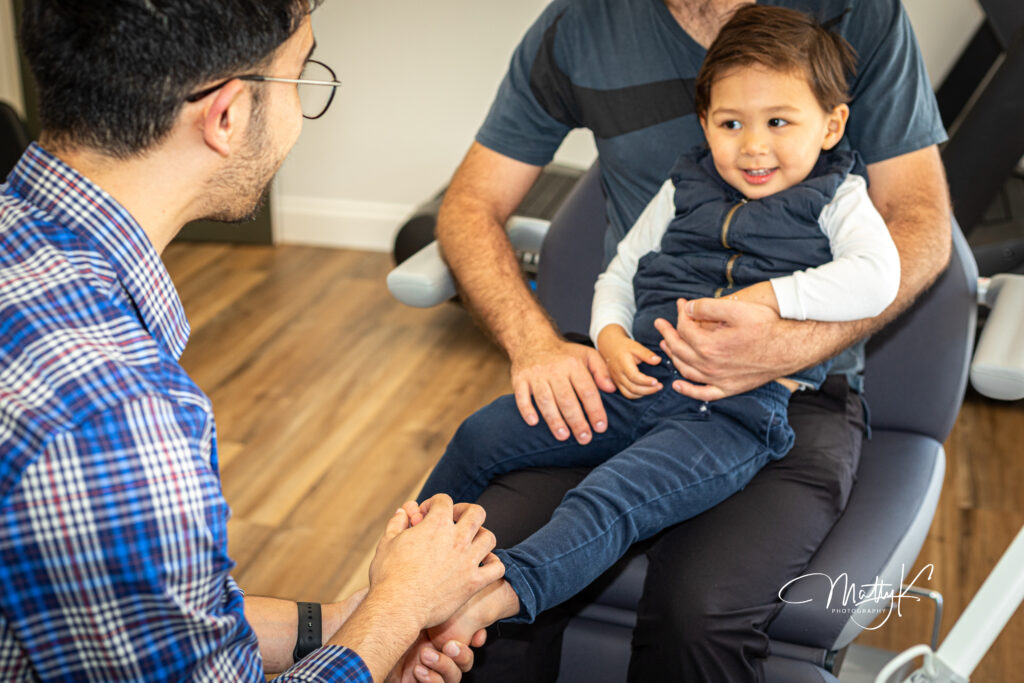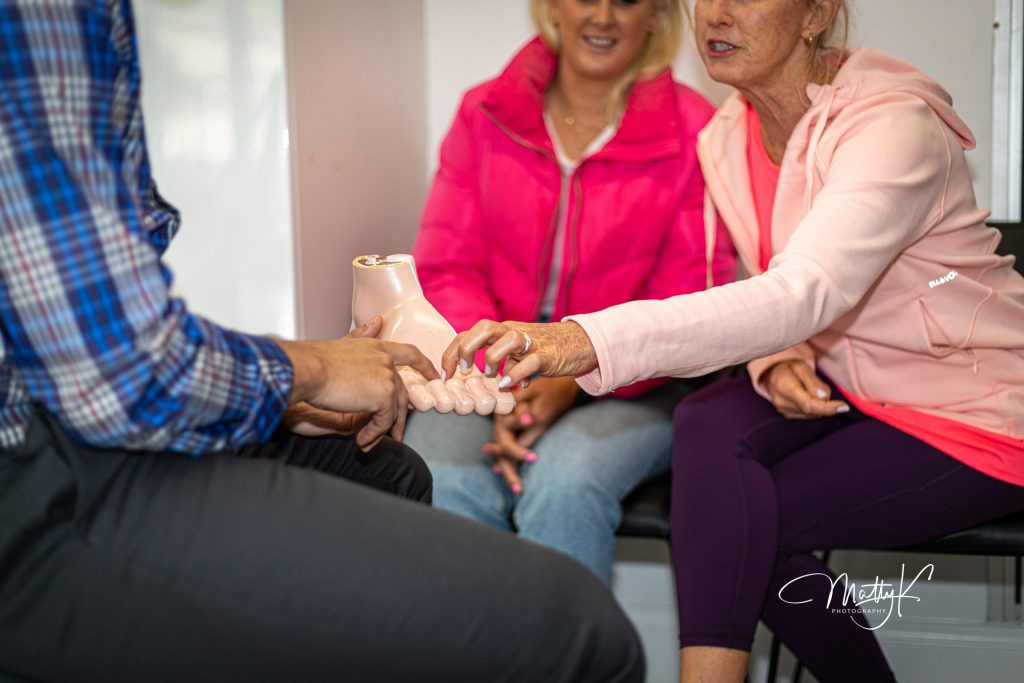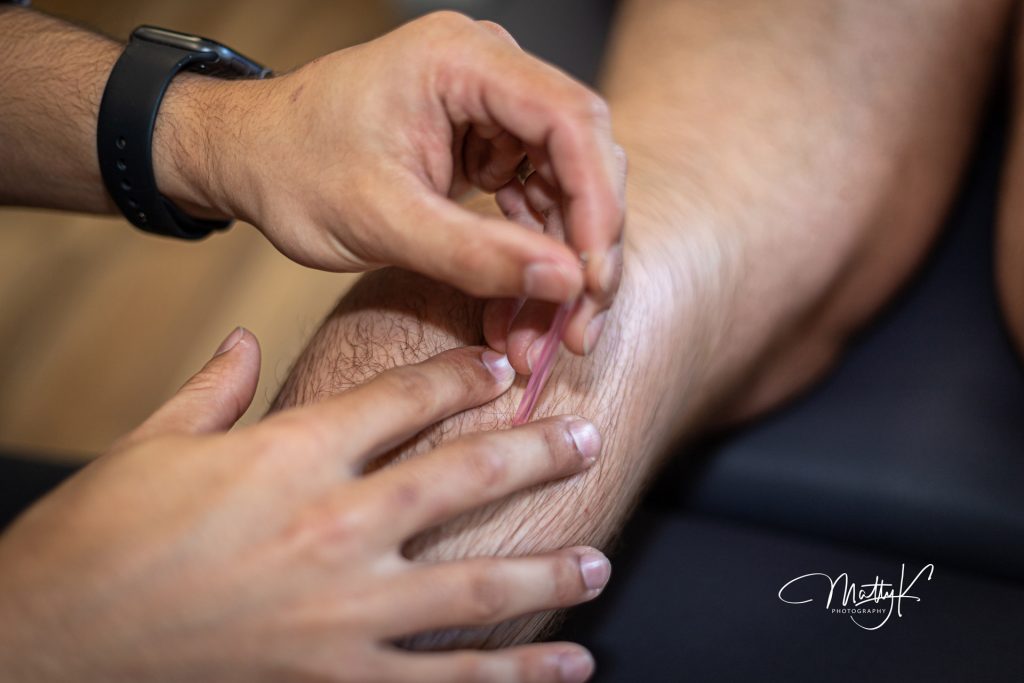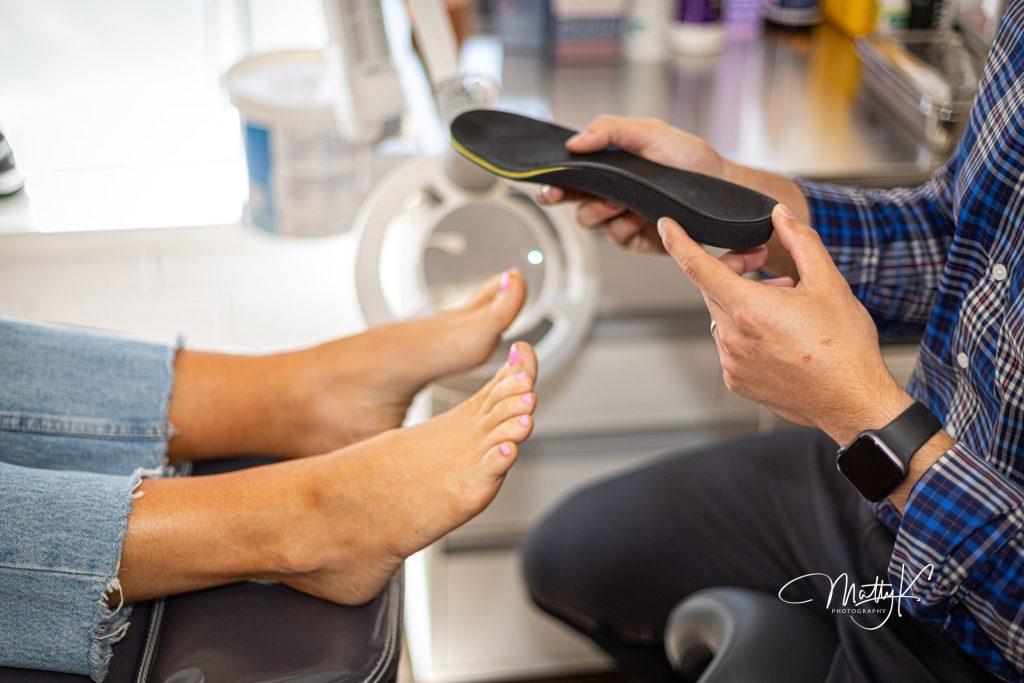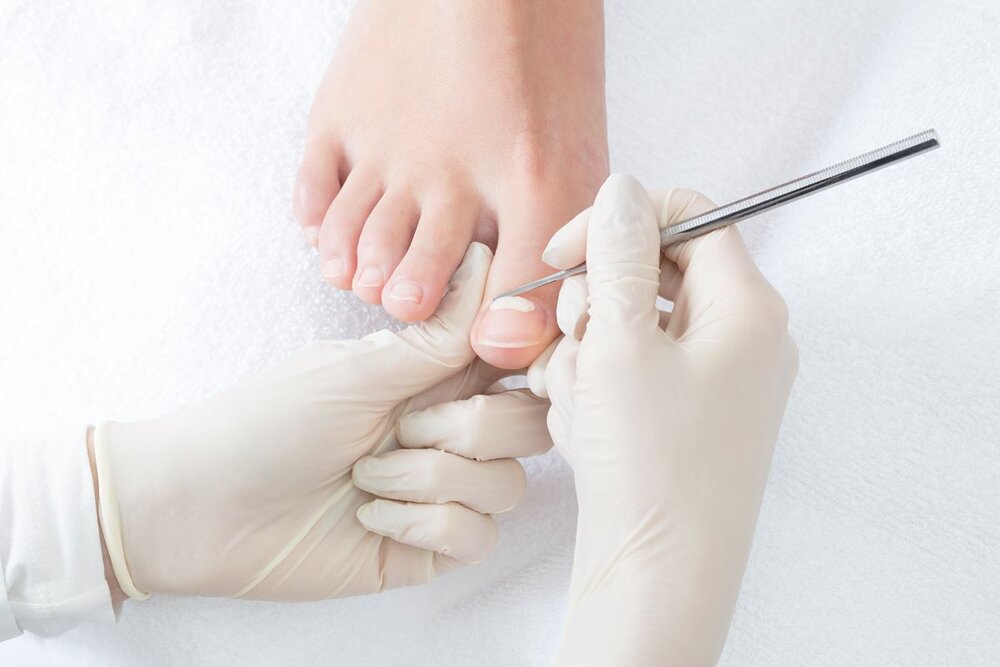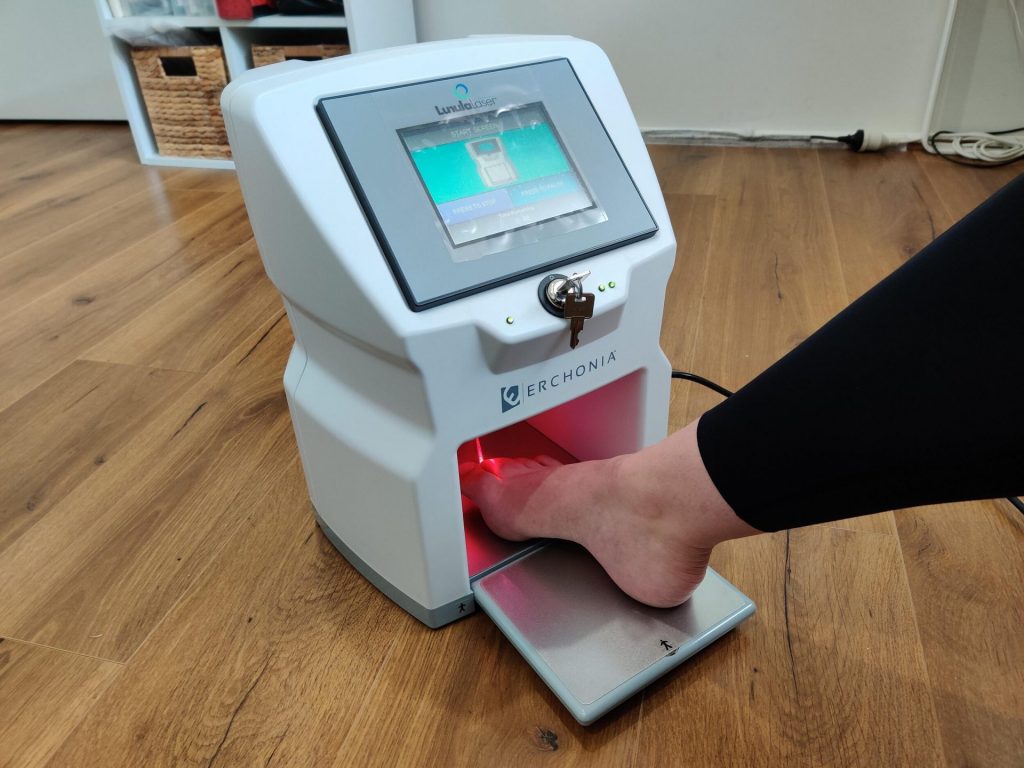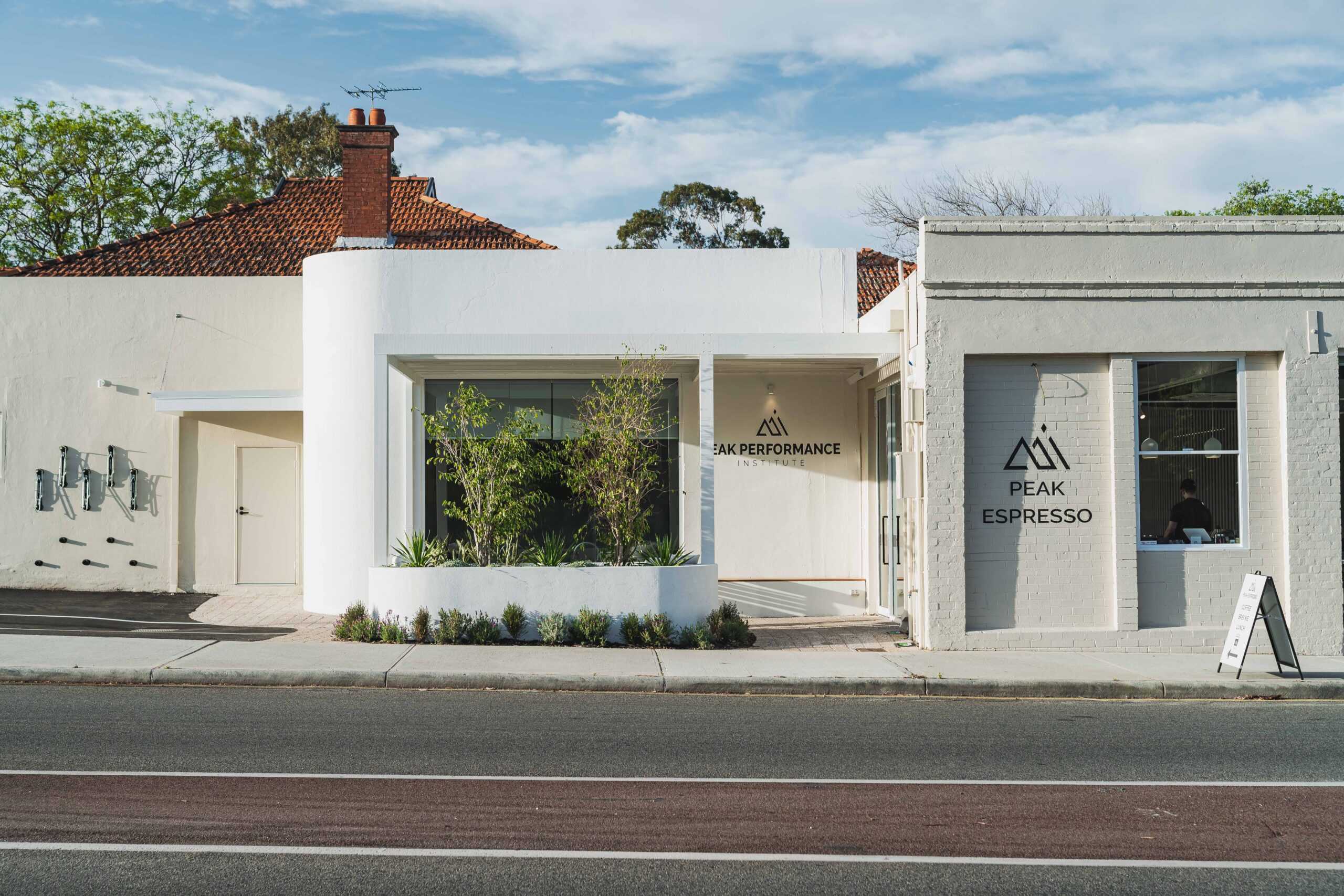To gain an accurate diagnosis we perform a comprehensive assessment to identify the mechanism of injury, gait and biomechanical abnormalities, muscular deficits and range of movement.
This will inform our management plan, and detect underlying issues that may predispose to injury. A detailed treatment plan may consist of prescriptive strengthening exercises, orthomechanical support, training modifications, manual therapies, and even footwear recommendations.
Whether you have had chronic ankle issues, or an acute ankle sprain, a myriad of conditions can be treated,
- Chronic ankle instability
- Ligament tears and stretching
- Osteoarthritis
- Sinus Tarsi Syndrome
- Posterior Tibial Tendon Dysfunction
- Peroneal tendonitis
- Tarsal Coalition
- Tarsal Tunnel Syndrome
From acute niggles to long term tendinopathy, our evidence-based approach can get you back to full function and pain-free.
- Achilles tendinopathy
- Plantaris friction syndrome
- Mid portion and Insertional Achilles pain
- Haglund’s Deformity
One of the most common conditions we treat, Plantar heel pain (aka Plantar fasciitis aka Plantar Fasciopathy. It may also be;
- Muscular strain
- Plantar fascial tears
- Plantar fibromatosis
- Heel bursitis
- Fat Pad syndrome (Bruising)
- Medial Calcaneal nerve entrapment
- Calcaneal Spurs
- Posterior Tibial tendinopathy
- Adult Acquired Flat Foot Deformity
The first toe is integral in movement, walking and balance. Overuse or abnormal mechanics can trigger off pain in this area.
Conditions of the big toe we see are:
- Hallux valgus aka Bunions
- Turf toe (Hyperextension)
- Osteoarthritis
- Gout and Pseudogout
- Blisters
- Hammertoes
- Sesamoiditis
- Muscular strain
- Synovitis
The forefoot is especially prone to injury, particularly in sports where forefoot loading is high such as basketball, netball, volleyball etc.
Conditions we see include;
- Morton’s Neuroma
- Neuritis
- Plantar Plate tears
- Intermetarsal bursitis
- Metatarsalgia
- Freiberg’s Infarction
- Joplin’s Neuritis
- Extensor tendinopathy
- Hammertoes
- Osteoarthritis
- Tailor’s Bunions
- and more
The knee is intrinsically linked to the mechanics of the foot, we can have influence on the loading and function of the knee. If you get pain with exercise, sport or even walking up stairs, we can help!
Some conditions we treat include;
- Chondromalla Patellae (Runner’s Knee)
- General Knee pain (Patellofemoral Pain Syndrome)
- Meniscal injuries
- Patellar tendinopathy (Jumper’s Knee)
- Anterior knee pain
- Baker’s Cyst (Popliteal cysts)
- Knee tracking issues
- Ligament tears
Getting hip and groin pain? It could be related to your gait, muscular imbalances or range of motion restrictions.
Issues like sciatic nerve pain, adductor issues and ITB frictional syndrome could be related to your running and walking mechanics.
We treat many midfoot issues such as;
- Navicular stress fractures
- Midfoot sprains
- Lisfranc injuries
- Bony spurring
- Osteoarthritis
Runner’s and those who play high impact sport can be prone to these injuries. It may be hard to detect and a comprehensive and detailed history may help to reveal this.
Stress fractures can occur as a result of overuse, sharp spikes in training load, and poor bone mineral density.
We can assist in proper management, from effective offloading to progressive and safe return to activity.
Given the high utility of the calf, it can often be prone to chronic tension and tightness. The use of high heeled footwear and lack of movement in a full range or regularity of stretching can impair this high-use muscle.
We can assist with;
- Calf tear rehabilitation
- Effective stretching protocols
- Muscular imbalances
A very common condition resultant from lack of bone conditioning, high spike in training volume, over-pronation or lack of muscular strength/range in the lower limb musculature.
We see anterior tibial muscle overload (“high shin splints”) or pain over the tibia (shin bone) aka Medial Tibial Stress Syndrome.

